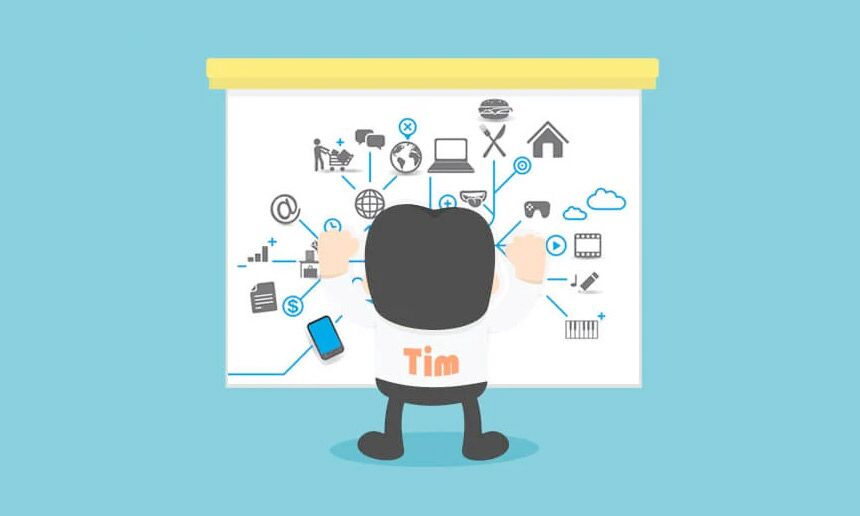Why it is important to understand IT requirements
The efficiency of a company directly depends on its IT infrastructure. But before you invest in any new equipment, it is essential that you’ve correctly assessed your IT requirements. Understanding your IT requirements can help you describe what you expect to gain from your investment so you can be confident with your decisions.
Purchase of the right IT equipment can boost your productivity, streamline your processes, and secure your organisation’s data. However, a wrong purchase can be costly in more ways than one. The wrong equipment could waste your budget and depreciate, subsequently costing more than it generates in value.
But ideally once you’ve established a strong scalable platform and have a dedicated team of IT experts at hand, your business will inevitably thrive.
How to identify your small business IT requirements
A list of your basic IT requirements will help you finalise what you need to incorporate into your IT system. It will also force you to analyse and justify your need for every IT purchase. In turn, this will ensure that you only end up with exactly what you require to run your business.
Below we’ve compiled some things to note about IT infrastructure for small businesses looking to grow their systems:
Strike a balance between hardware and cloud-based solutions
Although the cloud is becoming an increasingly large aspect of business storage solutions, it may still be in your organisation’s interests to have some on premises hardware. Having both options protects your organisation from data loss, with on-site servers acting as a barrier from remote hackers. Most importantly, it will ensure you’re following the 3-2-1 rule when it comes to storing your data.
Consider a CRM or Inventory Control System
Depending on the nature of your business it may be helpful to employ a Customer Relationship Management (CRM) system and/or Inventory Control System. These are useful software which can analyse and manage your clients’ and products’ information. Check what prevalent IT tools and software are used in your industry to optimise the management of your operations.
Upgrade your security system
Cyberattacks are disproportionately affecting SMEs at an unprecedented rate. Therefore, no matter the size of your company, cybersecurity should be a key IT requirement. This doesn’t mean you have to shell out your whole budget on cutting edge technologies, however making small upgrades can go a long way. This could be implementing encryption of sensitive data or simply installing and updating antimalware software on all workstations.
Create IT requirements documentation
When creating an IT requirements document, you are forced to prioritise needs so you can use your IT infrastructure budget carefully. Analysing your needs also saves you from the disaster of being distracted by unwanted purchases. When creating your IT requirements document, take stock of all your business needs and research IT infrastructure that can satisfy them.
It’s critical for your IT documentation to focus on the goals you wish to achieve with your IT infrastructure, apart from how you intend to use your IT. This keeps you focused on end goals and prevents you from losing track during planning.
Here’s an example of how to do this. Instead of saying your server should have 16GB RAM and two quad processors, you could say that you want your server to function smoothly even with 1000 website users.
What to include in your IT requirements documentation
The functions that you want your IT to perform
When working with an IT support company, it’s important to tell them what you want your IT to do. Are you looking for a software to manage financial accounts? Do you need software to enable effective communication? Are you looking for word processing software?
The context in which you wish to use your IT
Do most of your employees work on the go? Many organisations are searching for mobile-friendly software these days. That’s because of the new culture of working remotely or having more employees deployed to on-site jobs. For instance, sales organisations or insurance organisations may be more interested in software that is mobile-friendly.
The users of your IT
How many people on your team will be using your IT infrastructure? What do their jobs entail? What behaviours of theirs need to be considered when making your IT purchase?
When preparing your IT requirements documentation, you also need to be prepared to answer these questions:
What systems or software do you currently use?
It’s critical to conduct an audit of your existing IT hardware and software when making new purchases. Why? It’s simply because your current IT infrastructure must be compatible with software and hardware upgrades. Additionally, you should also account for the training that your employees may need if the new IT purchases substantially differ from the old ones.
What are your short-term and long-term plans?
A good IT requirements document considers both short-term and long-term plans of an organisation. By accounting for these details, you can choose IT solutions which are most in-tune with your plans. For example, a fast-growing firm may want a server that has enough capacity to account for its expected growth.
Seek an IT service provider for support
Most businesses depend on their IT infrastructures for almost everything that they do. That’s why understanding IT requirements is so important to their optimal functioning.
You can ensure your success in the area by outsourcing your IT infrastructure needs to an IT support London company. Book your free IT audit with totality services today!
